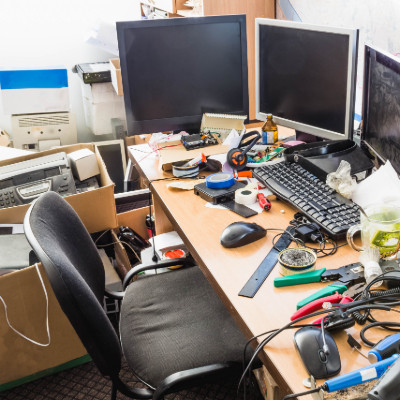There’s a specific stress that comes from the disconnect between the money you invest in your business IT and the value that comes back from it. Sure, you know what the money is being spent on… but that’s a far cry from knowing how these investments are shifting the needle.
Let’s discuss the importance of understanding what your IT is telling you and when you need to demand more information… politely, of course.




















